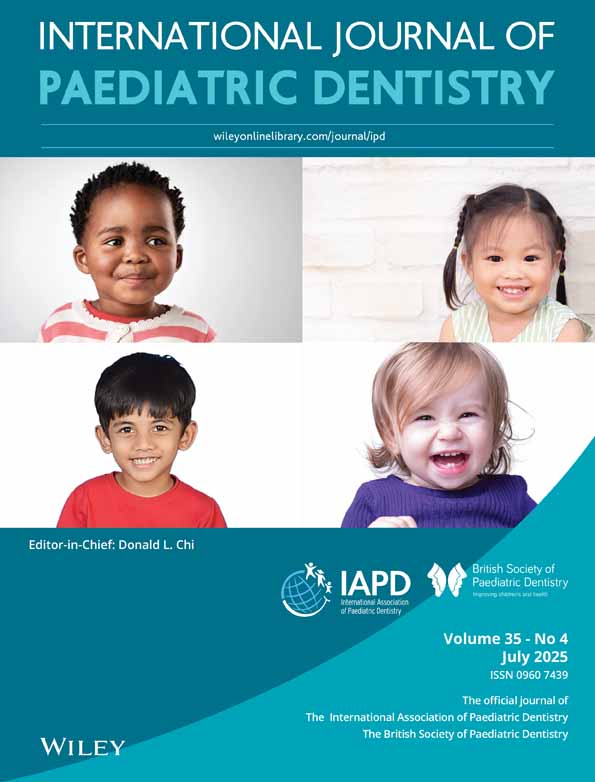Evaluating the Effectiveness of Virtual Reality in Reducing Dental Anxiety in Children Aged 6–12: A Randomized Clinical Trial
Funding: The authors received no specific funding for this work.
ABSTRACT
Background
VR is an emerging technology in healthcare, including dentistry, where it seeks to enhance patient comfort and treatment outcomes, and provide distraction through creating an immersive environment.
Aim
To assess VR's impact on anxiety in children (6–12 years) during dental treatments with local anesthesia.
Design
In this clinical trial, we assessed anxiety levels in children (6–12 years) undergoing local anesthetic dental procedures using VR animation. Initially, we utilized the Screen for Child Anxiety-Related Disorders (SCARED) questionnaire for patient selection, in which 44 children were recruited, but eight were excluded, leaving 36 participants who were randomly assigned to either a VR group or a control group with no VR (18 participants each). Anxiety was measured using the MCDAS(f) questionnaire, along with heart rate and oxygen saturation.
Results
The results demonstrated that VR significantly reduced anxiety, as reflected in lower MCDAS(f) scores. Moreover, heart rate reductions were notably greater in the VR group compared to the control group (p < 0.001 for both measures), indicating a clear decrease in anxiety.
Conclusions
VR shows promise for reducing dental anxiety and improving treatment outcomes, though additional research is needed to assess its long-term effects. The incorporation of VR in routine pediatric dental care may improve child cooperation and reduce reliance on pharmacological sedation.
Conflicts of Interest
The authors declare no conflicts of interest.
Open Research
Data Availability Statement
All data are included in the published manuscript.




